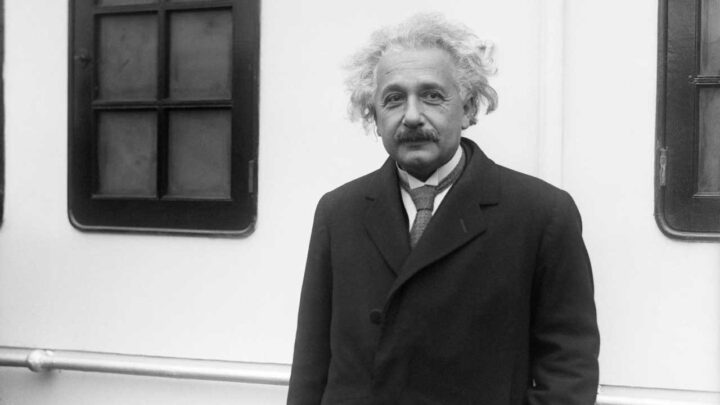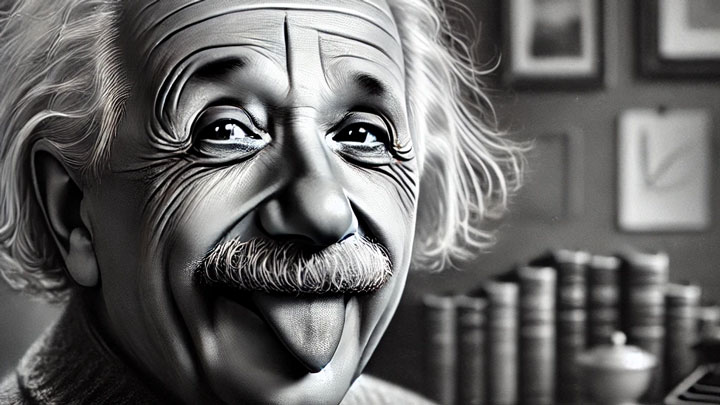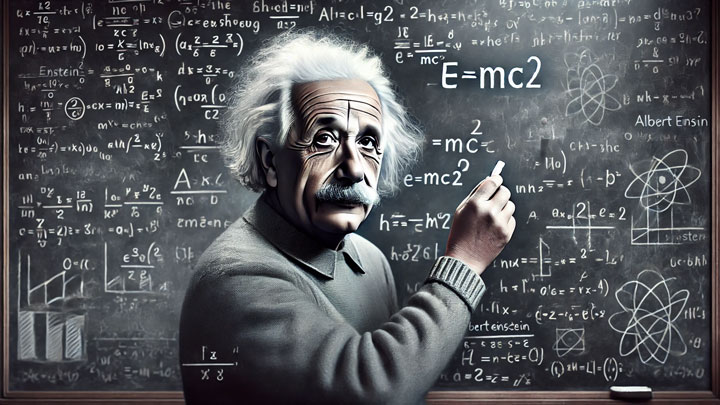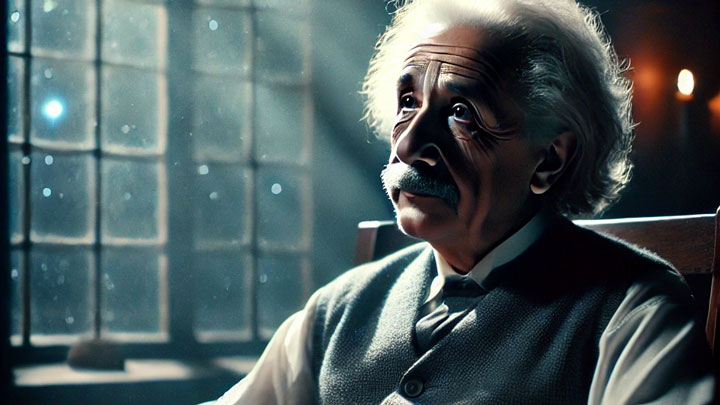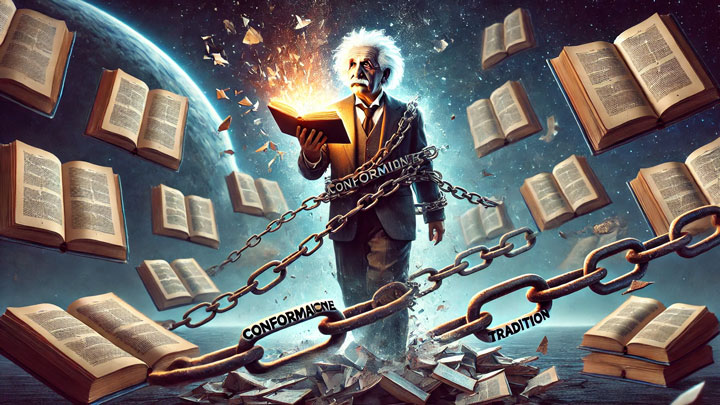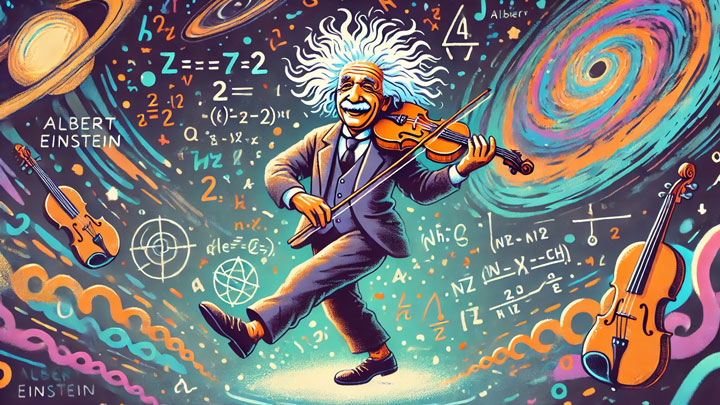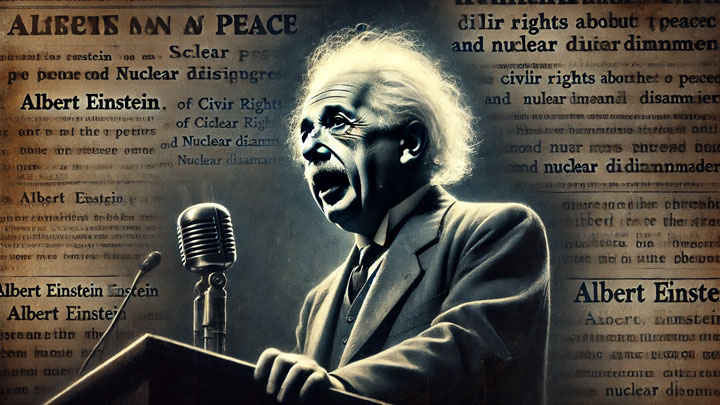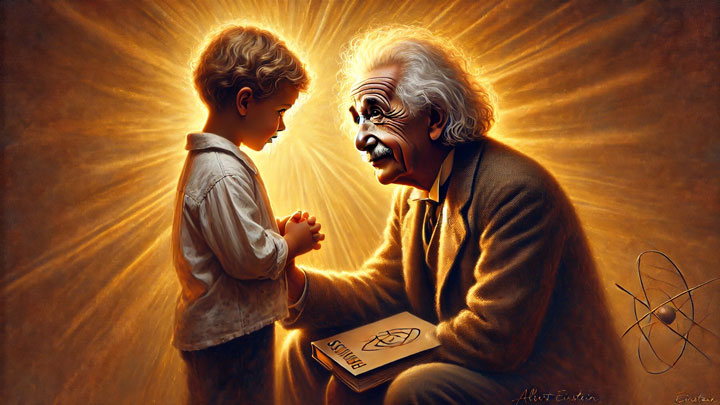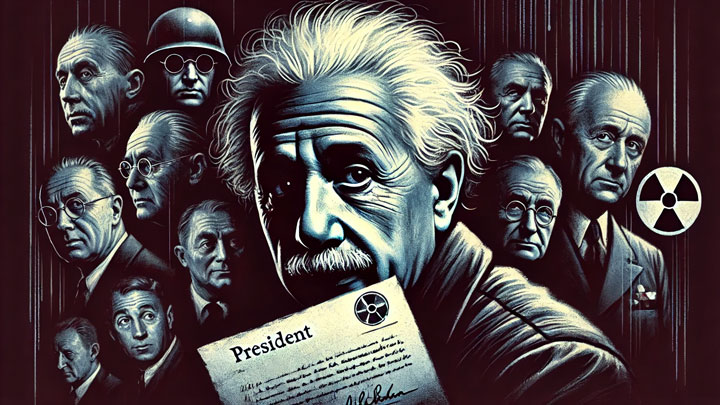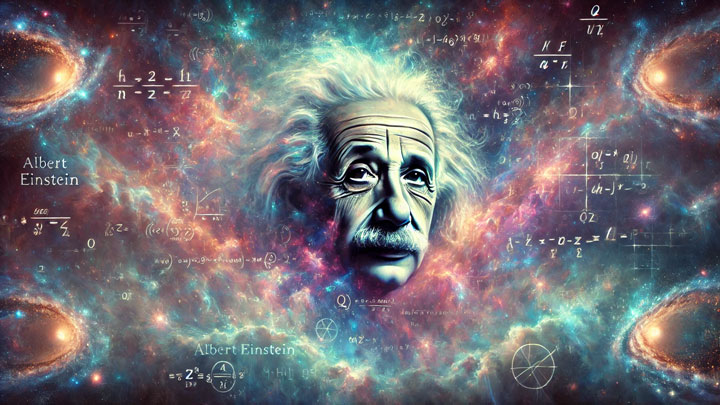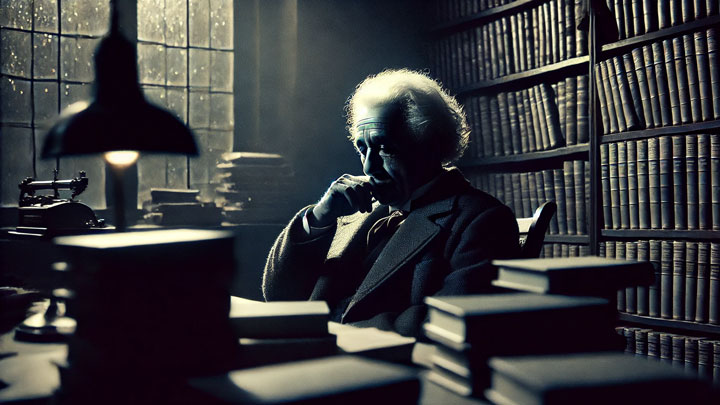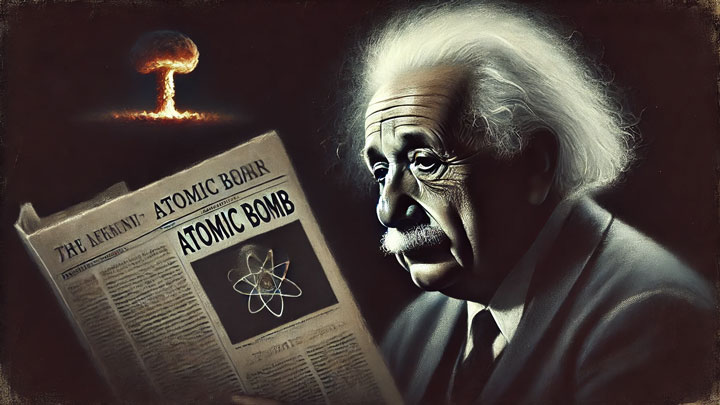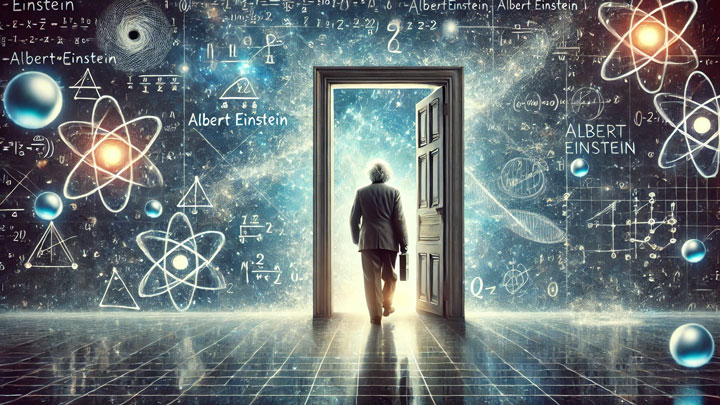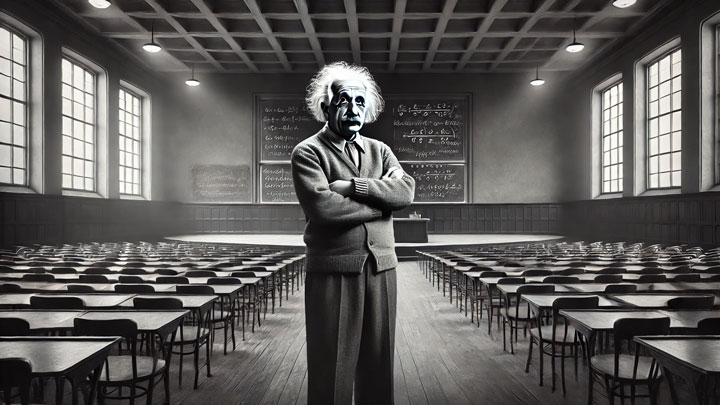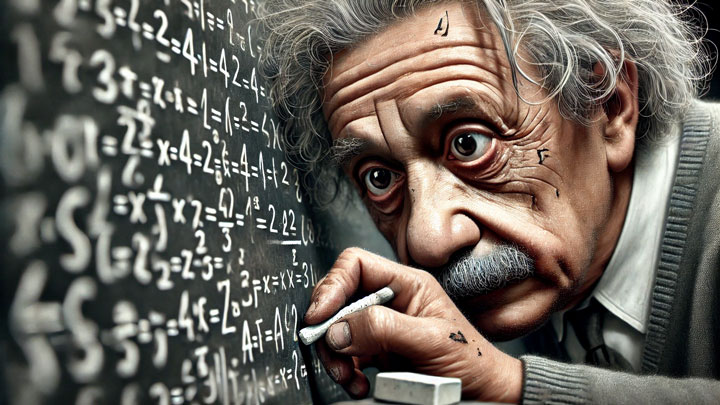Albert Einstein was a man of deep sensitivity, but he expressed it in intellectual and humanitarian ways rather than through personal relationships. He felt a strong emotional connection to human suffering, particularly in the face of war, discrimination, and social injustices. However, in his private life, he often appeared emotionally detached, struggling to express feelings toward those closest to him.
One of the most compelling aspects of Einstein’s sensitivity was his moral consciousness. He was deeply troubled by the rise of fascism in Europe and the treatment of Jews during the Nazi era. He used his platform to advocate for Jewish refugees, offering support and leveraging his influence to help many escape persecution. His letters from the time show a man who was deeply affected by human suffering, though he often expressed his concerns in intellectual rather than emotional terms.
Einstein was also passionate about pacifism and nonviolence. He was outspoken in his opposition to war, and despite signing the letter to Franklin D. Roosevelt that helped initiate the Manhattan Project, he later regretted his involvement in the development of nuclear weapons. This internal conflict weighed heavily on him, showing his moral sensitivity to the consequences of scientific advancements.
His sensitivity extended beyond humanitarian causes to art and music. Einstein was deeply moved by classical music, especially Mozart and Beethoven, and often played the violin as a means of emotional expression. He described music as a form of escape, a way to connect with emotions that words and science could not fully articulate.
However, when it came to his personal relationships, Einstein’s sensitivity was more complex. While he was capable of deep thoughts and moral reasoning, he was often emotionally distant from family members. His first wife, Mileva Marić, struggled with his emotional detachment, and his relationships with his children were strained. Though he cared for them, his mind was often preoccupied with intellectual pursuits rather than emotional connections.
Overall, Einstein’s sensitivity was high, but it manifested primarily in his empathy for humanity, moral dilemmas, and appreciation of the arts, rather than in personal, intimate relationships.


